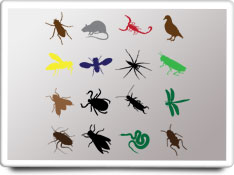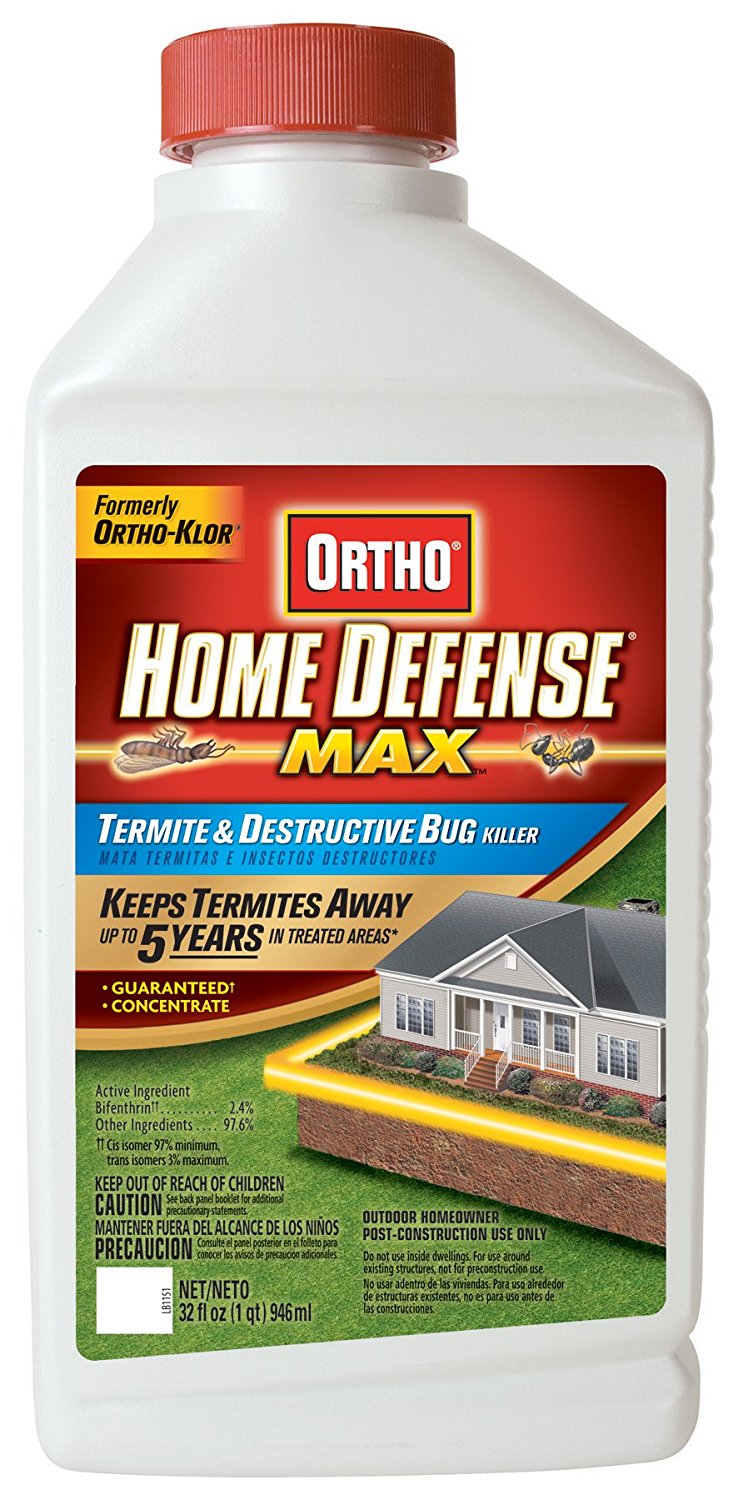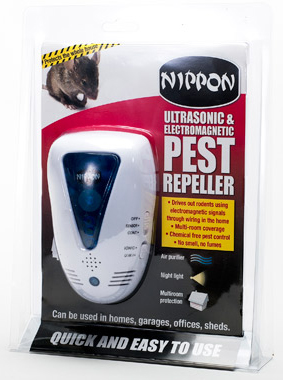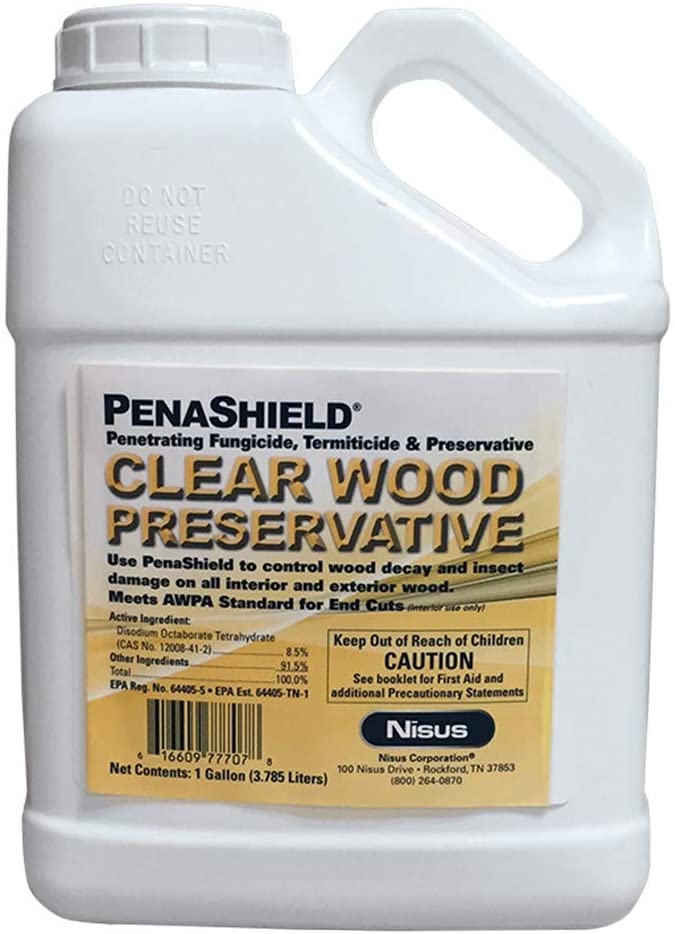Pest Control
Routine Care Task
Inspect, clean, and treat areas that are prone to pests
Cleaning the areas subject to pests will help prevent infestation.
Inspection allows early detection which can prevent costly damage from spreading.
Priority
Timing: Every 6 months: May, November (yearly)
NOTE: The tasks and timings shown here for your Pest Control are based on a single-family home located in Massachusetts with a default set of home care goals and priorities.
If you setup your POLICY-Wizard™ personal home manager for a different location with different home care goals, your recommended home care program can have different tasks and timings for your {home feature}.
How To

The following areas are subject to pests and should be inspected and cleaned:
Foundation: Inspect foundation walls, both inside and outside, for earthen shelter tubes or tunnels that connect the termite colony in the moist soil to the wood. These tunnels are ¼ to ½ inch wide and are half-round in shape. During the spring and early summer, which is mating season for termites, watch for swarms of flying insects or for clusters of discarded wings near the house. They may be found on masonry foundation walls, basement walls, even on the surface of metal pipes. Check for tunnels around the openings where pipes enter a foundation wall or wall of a house; while you are checking, examine the pipes as well. Use caulking compound to seal the openings. Check foundation walls on the inside of the house as well as the outside. Look for any cracks or loose mortar, especially where the floor meets the wall, or where any slab such as a garage, patio, or porch floor touches a wall. Patch any cracks. Check unfinished crawl spaces for termite tunnels and for places where soil may touch the wall. Make certain these spaces are well ventilated so that moisture can escape and not attract termites to a damp area.
Wood siding: Check wood siding for carpenter ants and wasps' nests. Check for evidence of termites. Use a sharp instrument such as a ice pick, screwdriver, or awl, to probe any wood that you suspect may be infested. If you can press deeper than ½ inch, then it is likely you have a problem with termites or dry rot. Check to ensure that wooden trellises, fences, or firewood, are at least 12" away from the wood siding.
Attics: Check the attic for "droppings" from animals such as mice, rats, or bats, and look for nests of squirrels or chipmunks. Makes sure that any ventilations ports in the attic are correctly screened off.
Basements: Check the basement for droppings from mice or rats, and look for nests of squirrels or chipmunks. Check for clusters of discarded termite wings. Look for cracks in the floor, or loose basement wall mortar or cracks, and especially where the wall meets the floor. Patch any cracks. Pay particular attention to basement window wells where debris tends to accumulate, providing termites with access to basement window frames as well as to moist soil.
Garage: Inspect garage for droppings from mice or rats and look for any nests of squirrels or chipmunks. Inspect where the slab or foundation meets the wall for evidenced of termites. Check any pipes that go through walls, and caulk around them as necessary.
Eaves: Inspect roof eaves and remove any wasps' nests, bee hives, hornets' nests, or spider webs from around roof eaves.
Sinks, cupboards, and closets: Clean corners in cupboards and closets, as well as openings under baseboards, in floors, and behind kitchen drawers. In addition, clean the space under kitchen and bathroom sinks, exhaust fans, and around all water pipes, toilets, and other plumbing fixtures.
If you detect infestation by termites, insects, or animals you should immediately consult a professional pest control company, or take appropriate action to exterminate or remove the pests.
Helpful Accessories

Here are a variety of pest control options, available from Amazon.com
consumer reviews, choices, prices

Emits electromagnetic waves to help repell insects and rodents from coming through exterior walls
consumer reviews, choices, prices

Seals around a variety of roof fixtures
consumer reviews, choices, prices

EPA-registered, insecticidal preservative that prohibits termite damage, rot and decay to outdoor wood
consumer reviews, choices, prices

Varies in size, color, shape and purpose
consumer reviews, choices, prices
Benefits
The benefits of this task are high. Doing this task can help prevent serious damage by pests, including termites, which can be very costly to eliminate and repair damage from.
-

Health & Safety
-

Allergy Control
-

Avoiding Unscheduled Repairs
-

Maintaining Value
Costs
The cost of this task is moderate. It is estimated that this task should take about 60-90 minutes to complete, depending on the size of your house. However, if you are not sure exactly what to look for, or are uncomfortable with climbing in and around the attic, eaves, etc. of your home, then you might want to hire a professional to do your inspection for you.





